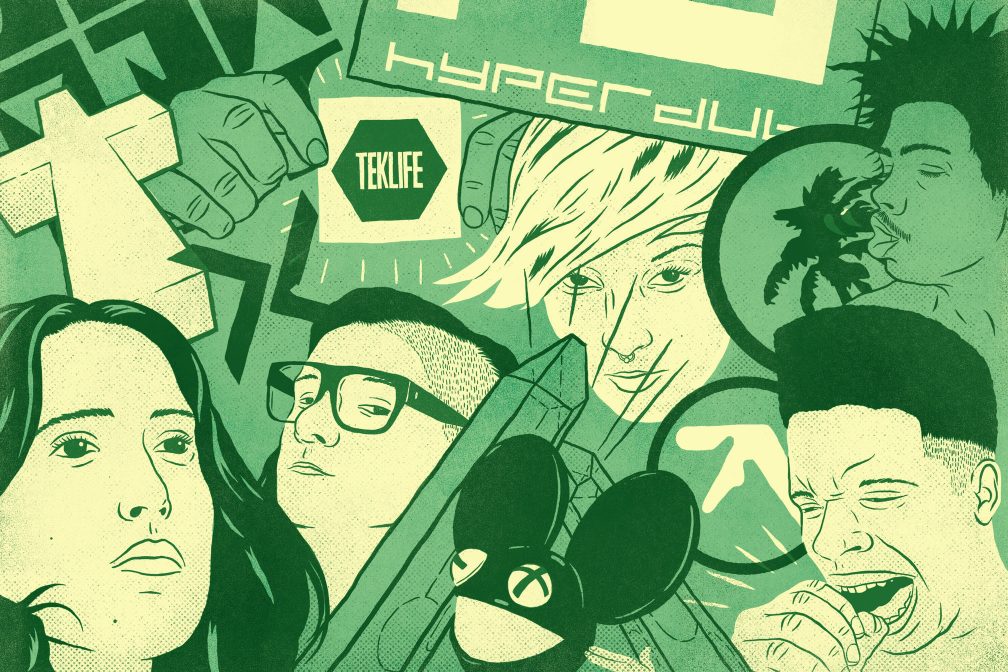 Culture
Culture
2007-2017 might just be the greatest decade in dance music history
The last 10 years have been momentous for our culture
As 2007 started dubstep was barely out of its own niche, still really a scene of a couple of hundred mates, but by the end of that year, Caspa & Rusko's fabriclive mix had sent it supernova. By 2009 there were top 10 hits in the UK and arena shows across the USA and it kept growing exponentially until in 2012 it went off a cliff. It almost feels as if we're still reeling from the preposterousness of it all, and the full impact of what transpired in those years is still to be appreciated.
The mainstreaming of dubstep wasn't just important in its own right: it also helped reconnect the wider club scene. Because of its mongrel nature as a sound, it also formed the linking point between other scenes that had been highly atomised since the 90s. Drum ‘n’ bass, techno, house, grime, garage, reggae, electro, Chicago's footwork scene and the indie-dance of nu rave all found common ground with dubstep, and thus with each other. Whether it was Skream remixing Klaxons or Villalobos reworking Shackleton, hybridity was the name of the game as dance music surged forward.
So, as the 2010s began, a raft of new generation UK labels built around tight collectives – Hyperdub, Tectonic, Night Slugs, LuckyMe, Keysound, Butterz, Numbers, Hessle Audio – each created their own vivid and distinctive styles by combining elements of what was happening around them. In the USA, similar things were happening with the likes of Mad Decent, Dirtybird and Fool's Gold, while the Californian (but also global) “beat scene” led by Flying Lotus created its own kaleidoscope of psychedelic fusions. Catch-all terms like “post-dubstep” and “bass music” couldn't hope to capture the vitality and versatility of the music that was being made, but anyone out there on the dancefloor understood it perfectly.


